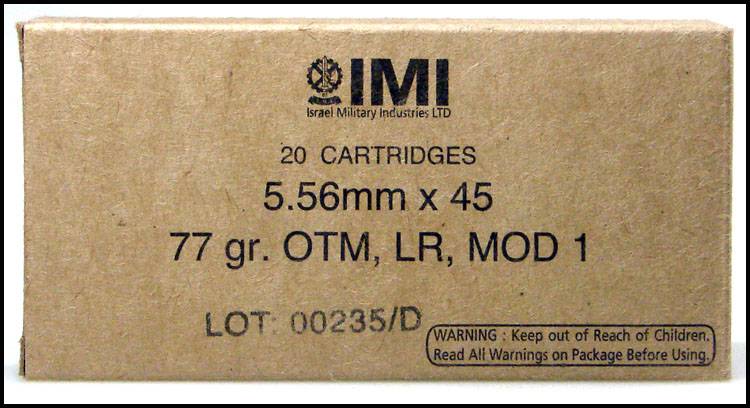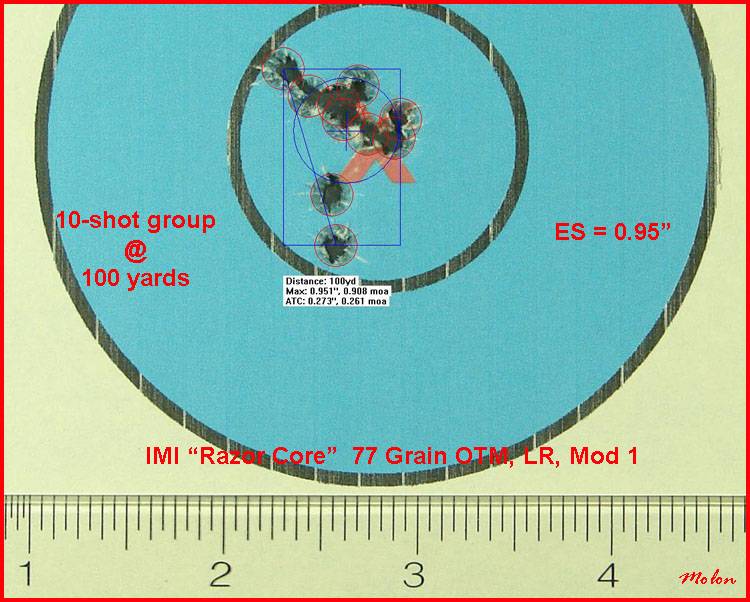MEN 56 Grain M193 Accuracy
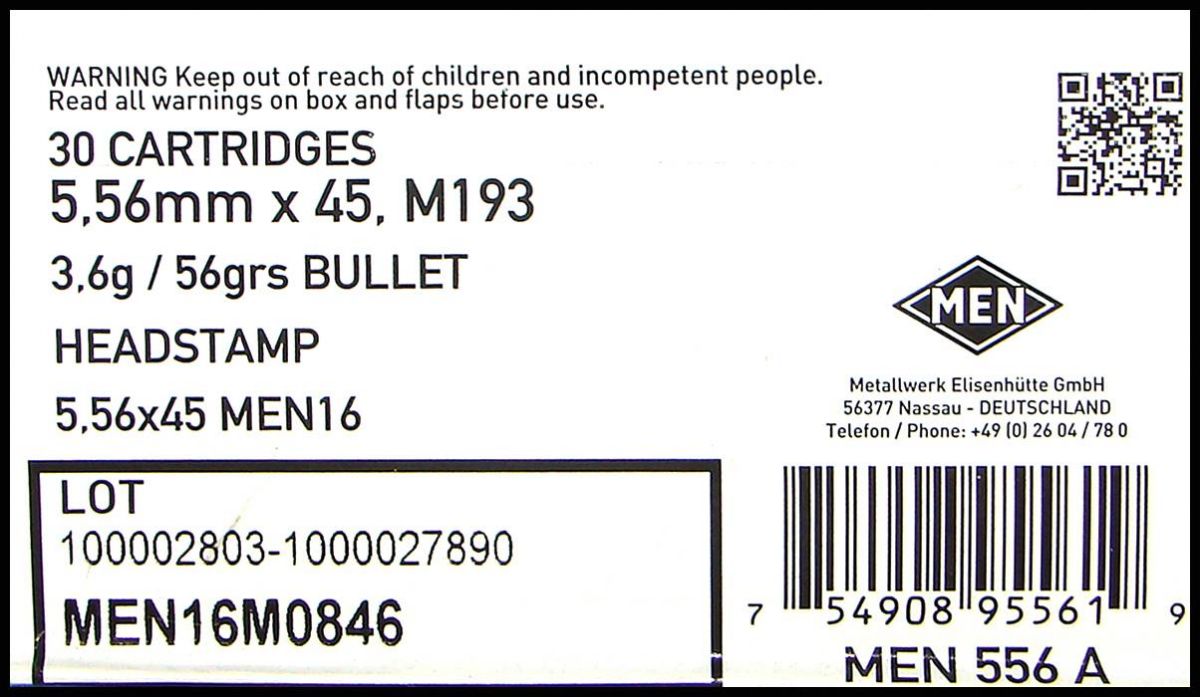
Yes, you read that title correctly. The M193 ammunition manufactured by MEN (Metallwerk Elisenhütte GmbH) has a 56 grain bullet.
“But Molon,” you say. “How can this be M193 if it doesn’t have a 55 grain bullet?”
Well, if you look at the mil-spec drawing for the M193 projectile, you’ll see that the weight specification for the copper jacket of the bullet is 17.5 grains, with a tolerance of minus 1.0 grains. Also, the lead slug for the projectile has a weight specification of 38.5 grains, with a tolerance of minus 1.0 grains. Take the 17.5 grains for the jacket, add it to the 38.5 grains for the lead slug and we have a total weight for the projectile of 56 grains (with a total tolerance of minus 2.0 grains). So, as long as the bullet doesn’t weigh more than 56 grains, it technically meets the weight specification for M193.
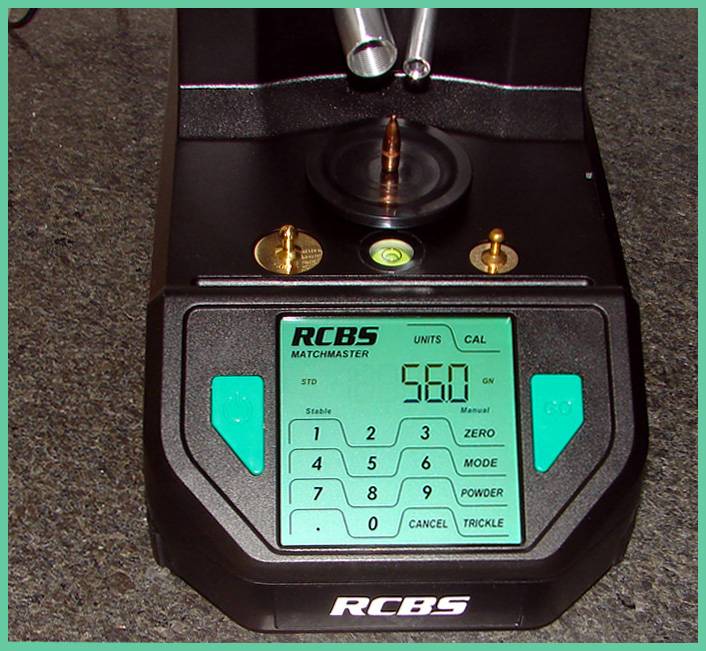
The 56 grain MEN M193 bullet is approximately 0.030” longer than a typical American manufactured M193 bullet.
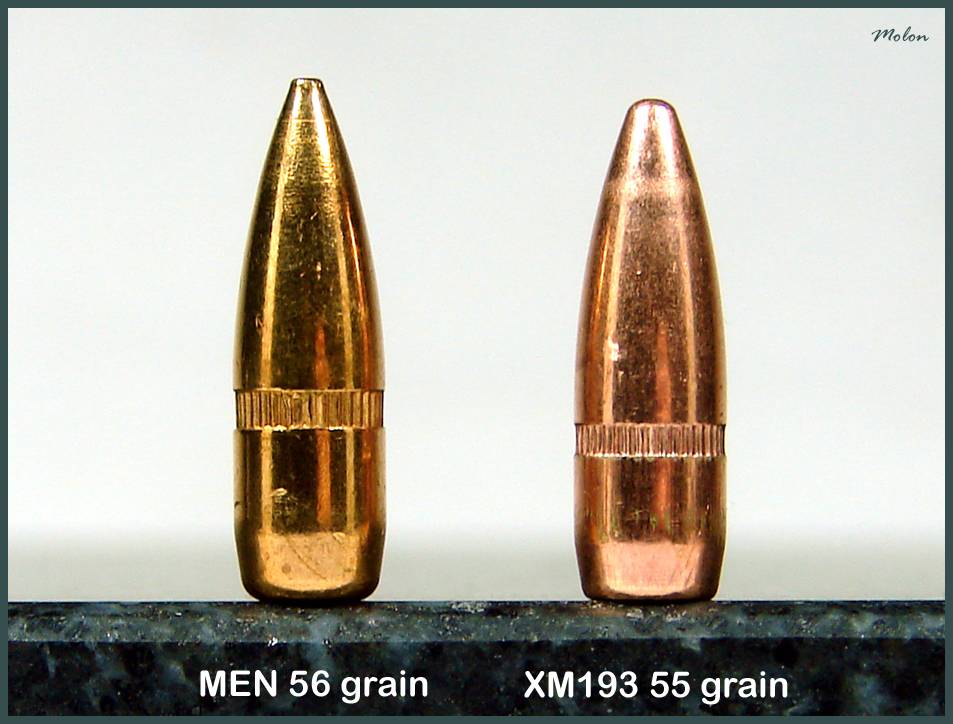
This ammunition is loaded in brass cases with the annealing iris still visible. The case mouth has asphalt sealant and is crimped into the cannelure of the bullet. This ammunition is charged with “ball” powder.
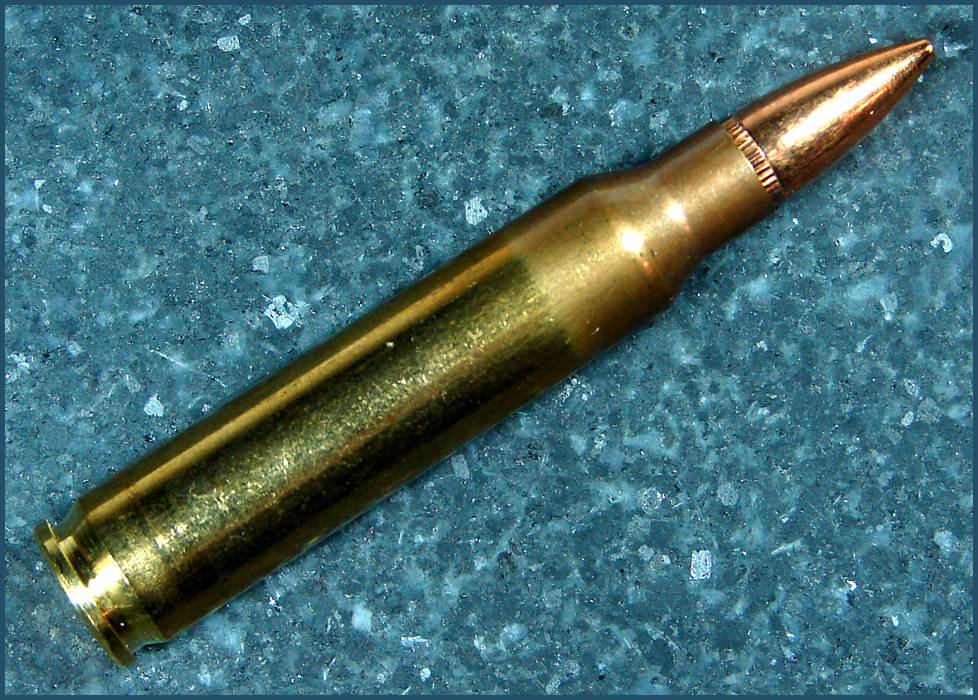
Each red square in the grid below is 1/10th of an inch.
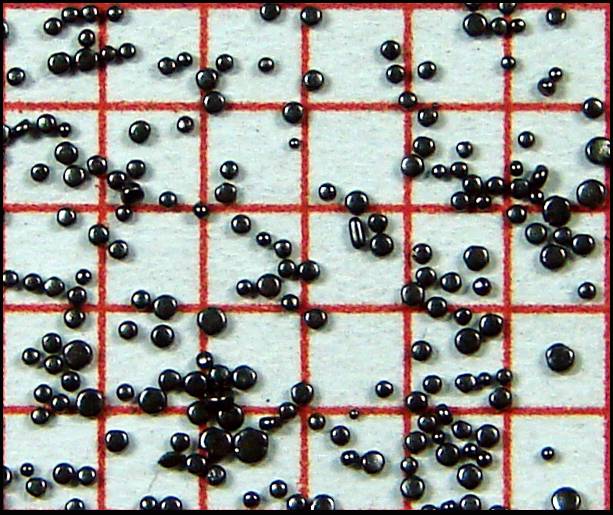
The case-head stamp of the lot of this ammunition that I tested reads:
5,56x45
MEN16
The primer pocket has a healthy dose of sealant. Strangely enough, the primer pockets are not crimped, which technically means this ammunition does not meet the US mil-spec for M193.
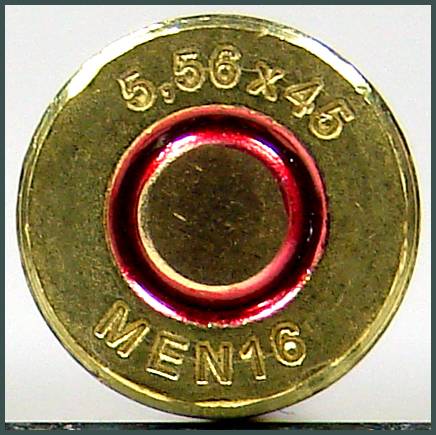
Accuracy
The US accuracy specification for M193 cited in MIL-C-9963F is as follows:
The average of the mean radii of all targets of the sample cartridges, fired at 200 yards, shall not exceed 2.0 inches.
These averages are from 10-shot groups fired from machine rested, bolt-actioned, heavy test barrels. All things being equal this specification equates to a mean radius of 1 inch at 100 yards (the distance at which I tested this ammunition).
I conducted an accuracy (technically, precision) evaluation of the MEN 56 grain M193 ammunition following my usual protocol. This accuracy evaluation used statistically significant shot-group sizes and every single shot in a fired group was included in the measurements. There was absolutely no use of any Group Reduction Techniques (e.g. fliers, target movement, Butterfly Shots).
The shooting set-up will be described in detail below. As many of the significant variables as was practicable were controlled for. Also, a control group was fired from the test-rifle used in the evaluation using match-grade, hand-loaded ammunition; in order to demonstrate the capability of the barrel. Pictures of shot-groups are posted for documentation.
All shooting was conducted from a concrete bench-rest from a distance of 100 yards (confirmed with a laser rangefinder.) The barrel used in the evaluation was free-floated. The free-float handguards of the rifle rested in a Sinclair Windage Benchrest, while the stock of the rifle rested in a Protektor bunny-ear rear bag. Sighting was accomplished via a Leupold VARI-X III set at 25X magnification and adjusted to be parallax-free at 100 yards. A mirage shade was used. Wind conditions on the shooting range were continuously monitored using a Wind Probe. The set-up was very similar to that pictured below.
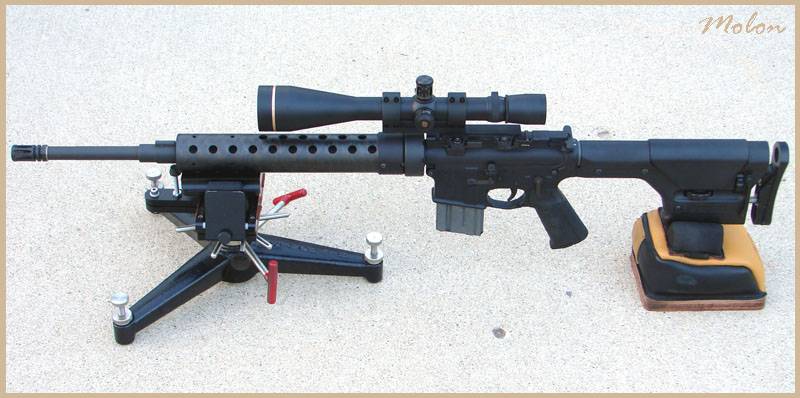
The Wind Probe . . .
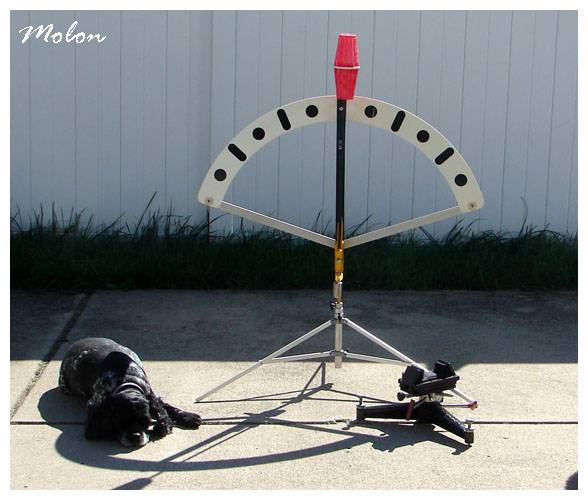
The test vehicle for this evaluation was one of my semi-automatic precision AR-15s with a 20” stainless-steel Lothar Walther barrel. The barrel has a 223 Wylde chamber with a 1:8” twist.
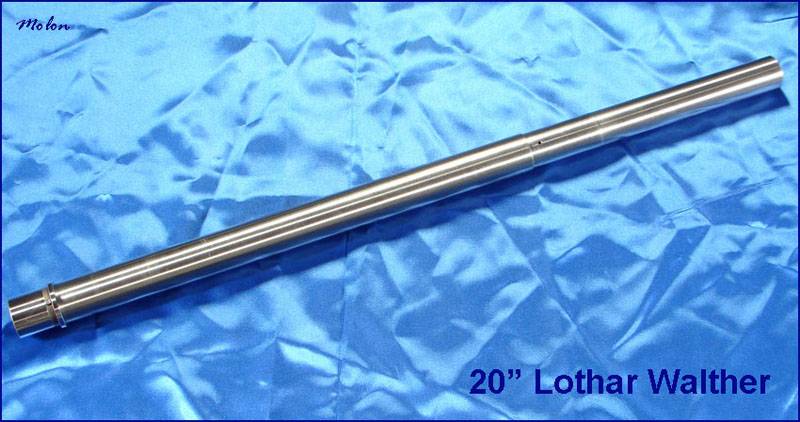
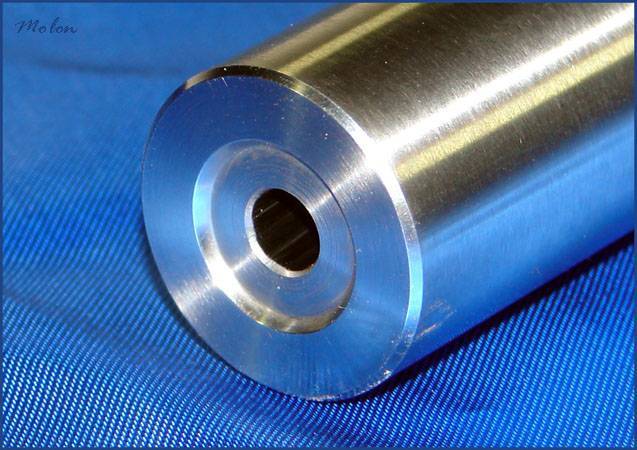
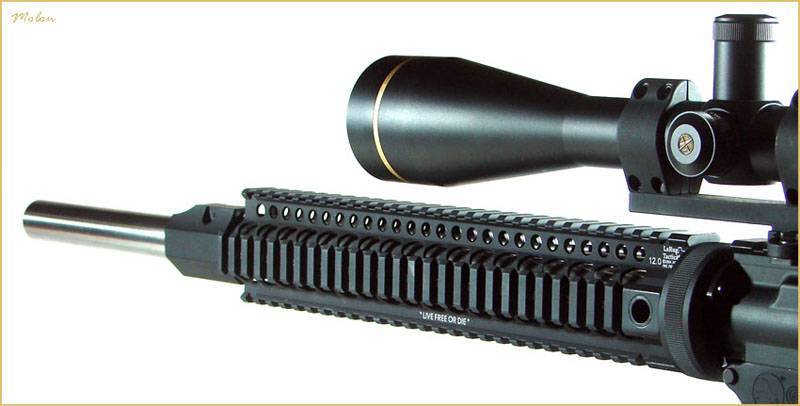
Prior to firing the MEN 56 grain M193, I fired a 10-shot control group using match-grade hand-loads topped with the Sierra 52 grain MatchKing. That group had an extreme spread of 0.59”.
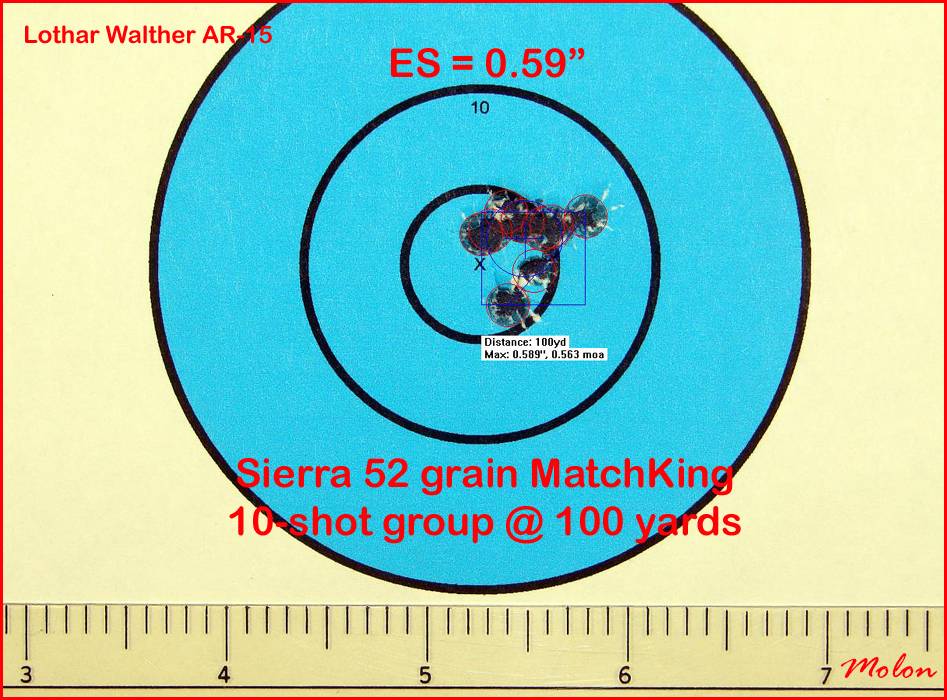
Three 10-shot groups of the MEN 56 grain M193 were fired in a row with the resulting extreme spreads:
1.39”
1.35"
1.34”
for a 10-shot group average extreme spread of 1.36”. The three 10-shot groups were over-layed on each other using RSI Shooting Lab to form a 30-shot composite group. The mean radius for the 30-shot composite group was 0.47”.
The smallest 10-shot group (by mean radius) . . .
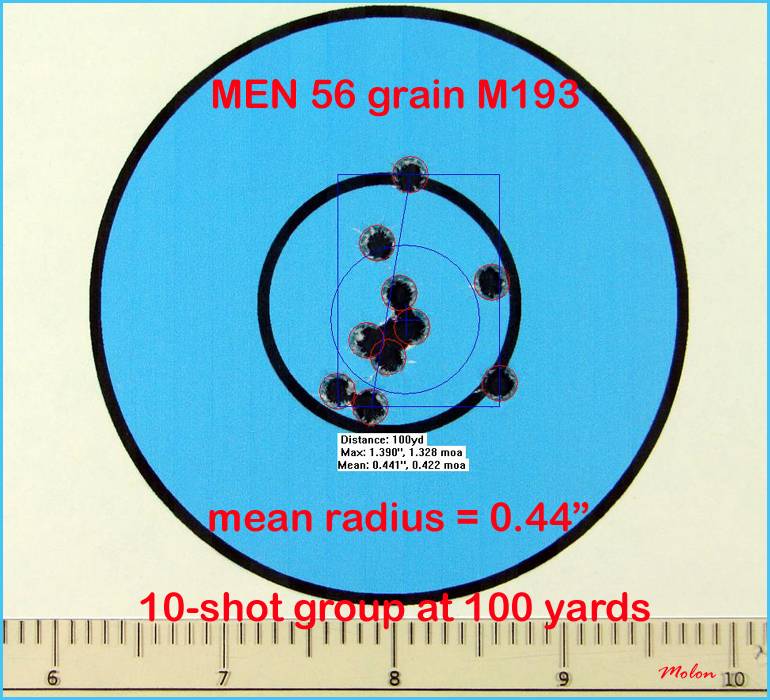
The 30-shot composite group . . .
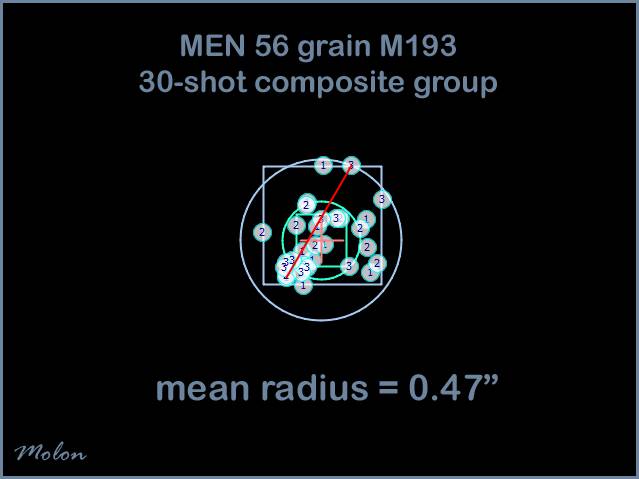
…
Velocity
The velocity specification for M193 as cited in MIL-C-9963F states:
"The average velocity of the sample cartridges, conditioned at 72 degrees, plus or minus 2 degrees Fahrenheit (F), shall be 3165 feet per second (ft/sec), plus or minus 40 ft/sec, at 78 feet from the muzzle of the weapon. The standard deviation of the velocities shall not exceed 40 ft/sec."
The velocity specification is from a 20” test barrel. Depending on multiple variables, this velocity specification equates to a muzzle velocity of approximately 3270 ft/sec, plus or minus 40 ft/sec.
As an aside, after reading the above specification, some of you may be wondering, “Why 78 feet from the muzzle?” The answer to that question is that this specification is simply an historical hold-over from the days when “circuit” chronographs (e.g. Le Boulenge Chronograph and the Aberdeen Chronograph) were used at Aberdeen Proving Ground, Frankford Arsenal and Springfield Armory. These types of chronographs required a significant distance between their first and second screens to produce accurate results.
As an example, when using the Boulenge Chronograph, the first screen of the chronograph was placed 3 feet in front of the muzzle and the second screen was placed 150 feet beyond the first screen. For those of you who might not be aware of the following fact; chronographs determine the velocity of the bullet at a point that is midway between the first and the second screen (i.e. not at the location of the first screen). Therefore, with the above spacing, the velocity of the bullet is determined for a point that is 75 feet from the first screen. So, add the three feet (from the muzzle to the first screen) to the 75 feet (the midway point of the screens) to obtain the “78 feet from the muzzle” distance.

I chronographed the MEN 56 grain M193 ammunition from a semi-automatic AR-15 with a chrome-lined, NATO chambered 20” Colt barrel with a 1:7” twist.
Chronographing was conducted using an Oehler 35-P chronograph with “proof screen” technology. The Oehler 35P chronograph is actually two chronographs in one package that takes two separate chronograph readings for each shot and then has its onboard computer analyze the data to determine if there is any statistically significant difference between the two readings. If there is, the chronograph “flags” the shot to let you know that the data is invalid. There was no invalid data flagged during this testing.
The velocity stated below is the muzzle velocity as calculated from the instrumental velocity using Oehler’s Ballistic Explorer software program. The string of fire consisted of 10 rounds over the chronograph.
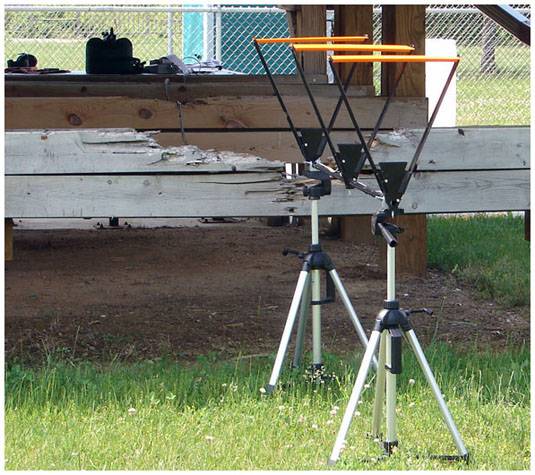

Each round was single-loaded and cycled into the chamber from a magazine fitted with a single-load follower. The bolt locked-back after each shot allowing the chamber to cool in between each shot. This technique was used to mitigate the possible influence of “chamber-soak” on velocity data. Each new shot was fired in a consistent manner after hitting the bolt release. Atmospheric conditions were monitored and recorded using a Kestrel 4000 Pocket Weather Tracker.

Atmospheric conditions
Temperature: 73 degrees F
Humidity: 80%
Barometric pressure: 30.02 inches of Hg
Elevation: 950 feet above sea level
The muzzle velocity for the 10-shot string of the MEN 56 grain M193 ammunition fired from the 20” Colt barrel was 3161 FPS with a standard deviation of 10 FPS and a coefficient of variation of 0.32%.
For those of you who might not be familiar with the coefficient of variation (CV), it is the standard deviation, divided by the mean (average) muzzle velocity and then multiplied by 100 and expressed as a percentage. It allows for the comparison of the uniformity of velocity between loads in different velocity spectrums; e.g. 77 grain loads running around 2,650 fps compared to 55 grain loads running around 3,250 fps.
For comparison, the mil-spec for M193 allows for a coefficient of variation of approximately 1.2%, while one of my best 77 grain OTM hand-loads, with a muzzle velocity of 2639 PFS and a standard deviation of 4 FPS, has a coefficient of variation of 0.15%.

....

Yes, you read that title correctly. The M193 ammunition manufactured by MEN (Metallwerk Elisenhütte GmbH) has a 56 grain bullet.
“But Molon,” you say. “How can this be M193 if it doesn’t have a 55 grain bullet?”
Well, if you look at the mil-spec drawing for the M193 projectile, you’ll see that the weight specification for the copper jacket of the bullet is 17.5 grains, with a tolerance of minus 1.0 grains. Also, the lead slug for the projectile has a weight specification of 38.5 grains, with a tolerance of minus 1.0 grains. Take the 17.5 grains for the jacket, add it to the 38.5 grains for the lead slug and we have a total weight for the projectile of 56 grains (with a total tolerance of minus 2.0 grains). So, as long as the bullet doesn’t weigh more than 56 grains, it technically meets the weight specification for M193.

The 56 grain MEN M193 bullet is approximately 0.030” longer than a typical American manufactured M193 bullet.

This ammunition is loaded in brass cases with the annealing iris still visible. The case mouth has asphalt sealant and is crimped into the cannelure of the bullet. This ammunition is charged with “ball” powder.

Each red square in the grid below is 1/10th of an inch.

The case-head stamp of the lot of this ammunition that I tested reads:
5,56x45
MEN16
The primer pocket has a healthy dose of sealant. Strangely enough, the primer pockets are not crimped, which technically means this ammunition does not meet the US mil-spec for M193.

Accuracy
The US accuracy specification for M193 cited in MIL-C-9963F is as follows:
The average of the mean radii of all targets of the sample cartridges, fired at 200 yards, shall not exceed 2.0 inches.
These averages are from 10-shot groups fired from machine rested, bolt-actioned, heavy test barrels. All things being equal this specification equates to a mean radius of 1 inch at 100 yards (the distance at which I tested this ammunition).
I conducted an accuracy (technically, precision) evaluation of the MEN 56 grain M193 ammunition following my usual protocol. This accuracy evaluation used statistically significant shot-group sizes and every single shot in a fired group was included in the measurements. There was absolutely no use of any Group Reduction Techniques (e.g. fliers, target movement, Butterfly Shots).
The shooting set-up will be described in detail below. As many of the significant variables as was practicable were controlled for. Also, a control group was fired from the test-rifle used in the evaluation using match-grade, hand-loaded ammunition; in order to demonstrate the capability of the barrel. Pictures of shot-groups are posted for documentation.
All shooting was conducted from a concrete bench-rest from a distance of 100 yards (confirmed with a laser rangefinder.) The barrel used in the evaluation was free-floated. The free-float handguards of the rifle rested in a Sinclair Windage Benchrest, while the stock of the rifle rested in a Protektor bunny-ear rear bag. Sighting was accomplished via a Leupold VARI-X III set at 25X magnification and adjusted to be parallax-free at 100 yards. A mirage shade was used. Wind conditions on the shooting range were continuously monitored using a Wind Probe. The set-up was very similar to that pictured below.

The Wind Probe . . .

The test vehicle for this evaluation was one of my semi-automatic precision AR-15s with a 20” stainless-steel Lothar Walther barrel. The barrel has a 223 Wylde chamber with a 1:8” twist.



Prior to firing the MEN 56 grain M193, I fired a 10-shot control group using match-grade hand-loads topped with the Sierra 52 grain MatchKing. That group had an extreme spread of 0.59”.

Three 10-shot groups of the MEN 56 grain M193 were fired in a row with the resulting extreme spreads:
1.39”
1.35"
1.34”
for a 10-shot group average extreme spread of 1.36”. The three 10-shot groups were over-layed on each other using RSI Shooting Lab to form a 30-shot composite group. The mean radius for the 30-shot composite group was 0.47”.
The smallest 10-shot group (by mean radius) . . .

The 30-shot composite group . . .

…
Velocity
The velocity specification for M193 as cited in MIL-C-9963F states:
"The average velocity of the sample cartridges, conditioned at 72 degrees, plus or minus 2 degrees Fahrenheit (F), shall be 3165 feet per second (ft/sec), plus or minus 40 ft/sec, at 78 feet from the muzzle of the weapon. The standard deviation of the velocities shall not exceed 40 ft/sec."
The velocity specification is from a 20” test barrel. Depending on multiple variables, this velocity specification equates to a muzzle velocity of approximately 3270 ft/sec, plus or minus 40 ft/sec.
As an aside, after reading the above specification, some of you may be wondering, “Why 78 feet from the muzzle?” The answer to that question is that this specification is simply an historical hold-over from the days when “circuit” chronographs (e.g. Le Boulenge Chronograph and the Aberdeen Chronograph) were used at Aberdeen Proving Ground, Frankford Arsenal and Springfield Armory. These types of chronographs required a significant distance between their first and second screens to produce accurate results.
As an example, when using the Boulenge Chronograph, the first screen of the chronograph was placed 3 feet in front of the muzzle and the second screen was placed 150 feet beyond the first screen. For those of you who might not be aware of the following fact; chronographs determine the velocity of the bullet at a point that is midway between the first and the second screen (i.e. not at the location of the first screen). Therefore, with the above spacing, the velocity of the bullet is determined for a point that is 75 feet from the first screen. So, add the three feet (from the muzzle to the first screen) to the 75 feet (the midway point of the screens) to obtain the “78 feet from the muzzle” distance.

I chronographed the MEN 56 grain M193 ammunition from a semi-automatic AR-15 with a chrome-lined, NATO chambered 20” Colt barrel with a 1:7” twist.
Chronographing was conducted using an Oehler 35-P chronograph with “proof screen” technology. The Oehler 35P chronograph is actually two chronographs in one package that takes two separate chronograph readings for each shot and then has its onboard computer analyze the data to determine if there is any statistically significant difference between the two readings. If there is, the chronograph “flags” the shot to let you know that the data is invalid. There was no invalid data flagged during this testing.
The velocity stated below is the muzzle velocity as calculated from the instrumental velocity using Oehler’s Ballistic Explorer software program. The string of fire consisted of 10 rounds over the chronograph.


Each round was single-loaded and cycled into the chamber from a magazine fitted with a single-load follower. The bolt locked-back after each shot allowing the chamber to cool in between each shot. This technique was used to mitigate the possible influence of “chamber-soak” on velocity data. Each new shot was fired in a consistent manner after hitting the bolt release. Atmospheric conditions were monitored and recorded using a Kestrel 4000 Pocket Weather Tracker.

Atmospheric conditions
Temperature: 73 degrees F
Humidity: 80%
Barometric pressure: 30.02 inches of Hg
Elevation: 950 feet above sea level
The muzzle velocity for the 10-shot string of the MEN 56 grain M193 ammunition fired from the 20” Colt barrel was 3161 FPS with a standard deviation of 10 FPS and a coefficient of variation of 0.32%.
For those of you who might not be familiar with the coefficient of variation (CV), it is the standard deviation, divided by the mean (average) muzzle velocity and then multiplied by 100 and expressed as a percentage. It allows for the comparison of the uniformity of velocity between loads in different velocity spectrums; e.g. 77 grain loads running around 2,650 fps compared to 55 grain loads running around 3,250 fps.
For comparison, the mil-spec for M193 allows for a coefficient of variation of approximately 1.2%, while one of my best 77 grain OTM hand-loads, with a muzzle velocity of 2639 PFS and a standard deviation of 4 FPS, has a coefficient of variation of 0.15%.

....
Last edited:

